COP15 ended with a hug biodiversity agreement, but will it succeed? Well that it is a hard question to answer, but I thought that 3 months after its signing, it would be worth returning to it and looking at what was promised!


Wildlife and conservation new, wild travel information and links for booking
COP15 ended with a hug biodiversity agreement, but will it succeed? Well that it is a hard question to answer, but I thought that 3 months after its signing, it would be worth returning to it and looking at what was promised!

While few animals have been completely exterminated from north America in the last 300 years there are a few on the brink.
One such animal is the Jaguar.
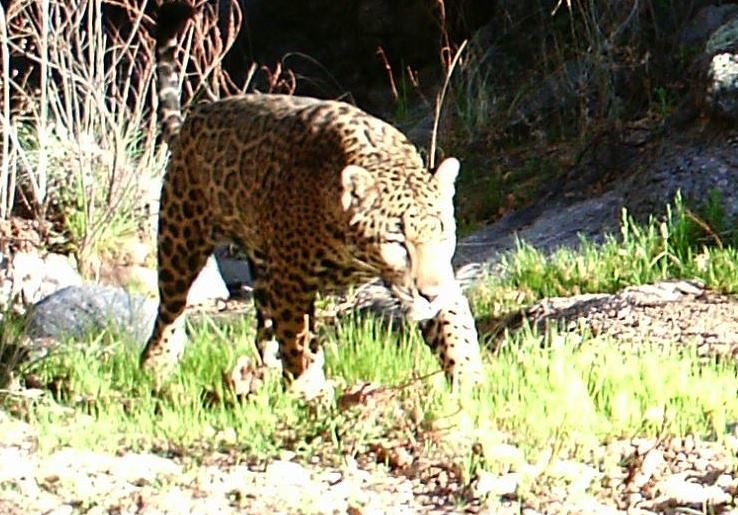
The last known Jaguar roams the Rocky lands of Southern Arizona and is called Sombra. The last known female was shot 60 years ago this year. Conservationists are calling for Jaguars to be reintroduced into the Gila national forest, a 3 million acre wilderness in New Mexico, along with protection for millions more acres which Sombra currently roams.
Continue reading “Returning Jaguars to the USA”Estimates vary, but it is thought that 15-20 wolves are in the country. This is made up of 1 pack in Flanders, and another in Southern Wallonia as well as a newly settled pair (this pair is likely to become a pack if allowed to survive).
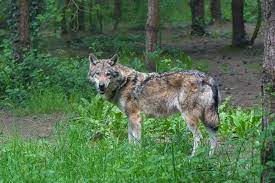
Across the border in France and Germany, numbers are far higher. As a result, should these wolves be left alone, the numbers are likely to grow and spread.
Experts can be very good at spotting signs and clues of their presence, these skills are important to track the wolves however, these skills can also become very useful in ecotourism.
Unfortunately these 3 activities appear to be most responsible for collapse or incredible pressure on ecosystems across the globe.
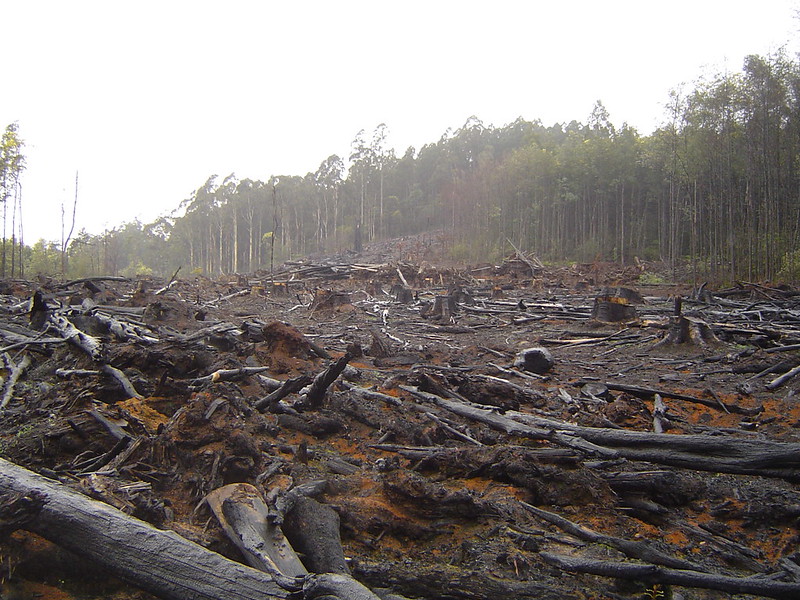
Wildcats have been restricted to parts of Scotland for hundreds of years, despite once being found throughout the UK. Indeed, it is a problem where a significant number of people now refer to it as the Scottish wildcat, something that is only temporary, and should not be the case for ever.

The Kiwi is an interesting bird. As with many birds that developed on islands without mammals, they cannot fly.
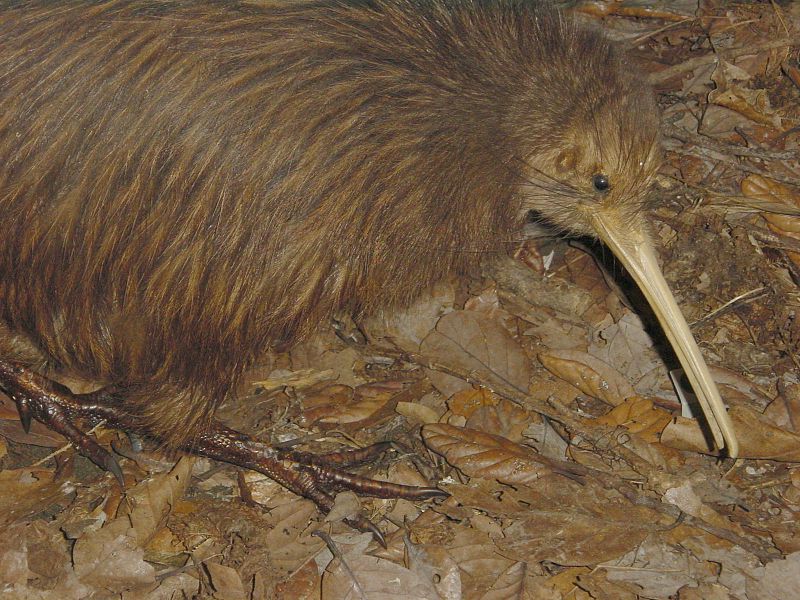
In the case of new Zealand, the problem is simple. Those migrating to the island, brought with them rabbits. The rabbits escaped, and without any predators increased to silly levels. In order to control the rabbit population, stoats and similar predators were introduced, but these found the Kiwi a far easier meal.
In this instance, 11 birds have been introduced to the wilds near Wellington, for the first time in 100 years. These are the first of 250 birds that will arrive to settle in this area. Being the capital of new Zealand, it is impressive to have any surviving wildlife nearby. Yet Wellington prides itself on this work, and this is not its only move in the direction of rewilding.
It is thought that before humans arrived, as many as 12 million Kiwis roamed free in the country. Currently just 68,000 remain, however this number is growing slowly but surely. The arrival of Kiwi in this area, has required the countries biggest intensive Stoat trapping network as well as buy-in from a disparate array of land users.
Wolf numbers have increased by 1800% since the 1970s with a total of over 17,000 now inhabiting the continent. Bears started from a less precarious place, but have still increased by 44% over the same period
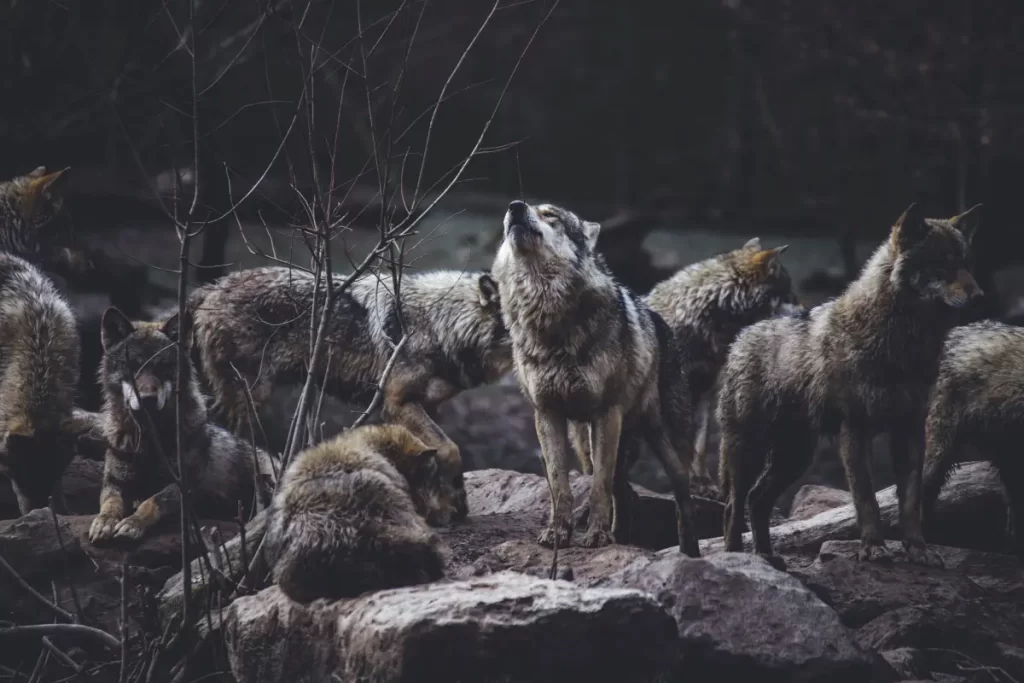
Among herbivores, beavers are one of the big success story (and unlike many of the others are living in the UK once again in large numbers in a series of populations from Devon right up to Scotland.
Hippopotamus populations have declined by 30-50% over the last decade. This is an animal which is moving fast in the direction of extinction, yet despite a plea from 10 african countries (Benin, Burkina Faso, Central African Republic, Gabon, Guinea, Liberia, Mali, Niger, Senegal and Togo) to move them to appendix 1 has been blocked.
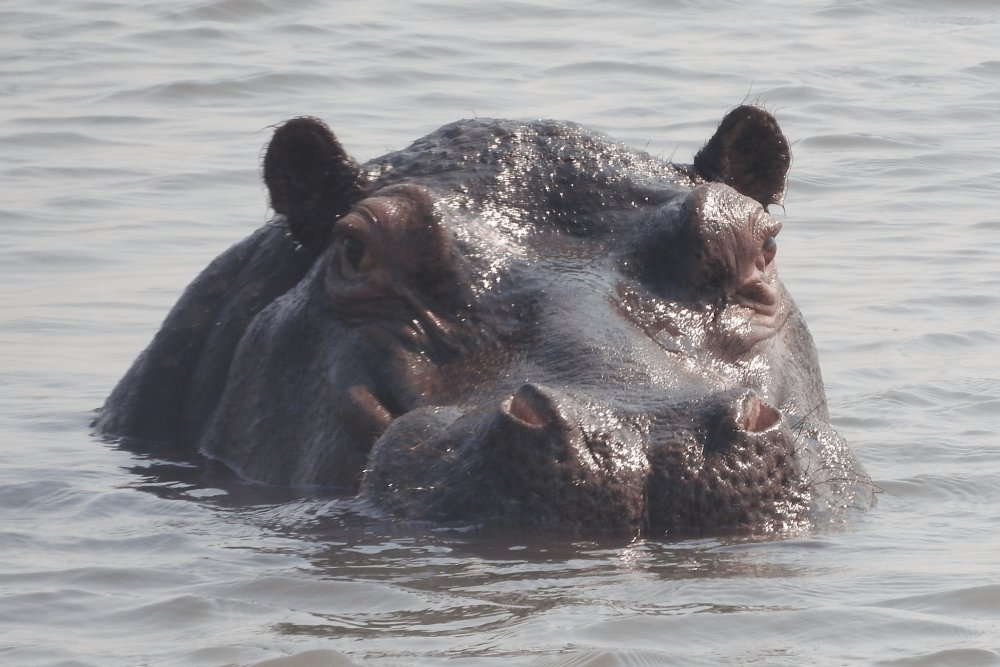
Under the Biden administration in the USA, science is not ignored. There were a handful of animals that were listed as endangered in the rest of the world, but the listing was not changed in the USA because of the political impact. Thankfully, that time is at least over at the current time. The Emperor penguins are obviously threatened by global warming given there uses of extreme areas of the Antarctic.
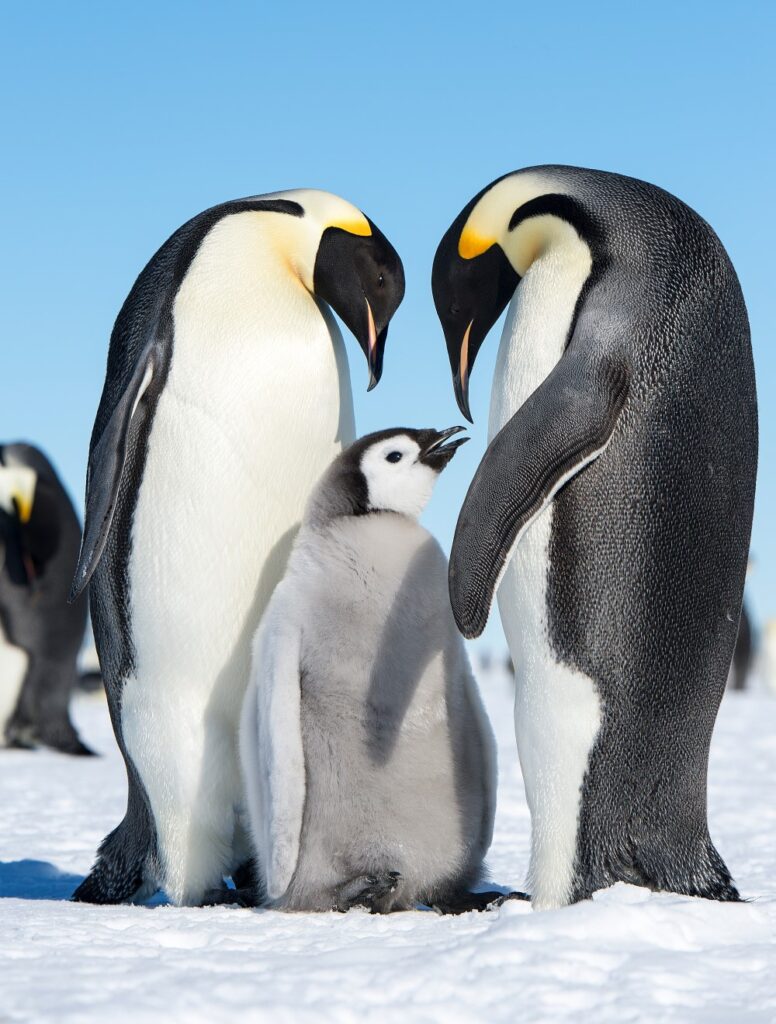
The population that was filmed for the popular film “March of the Penguin” has halved in size in the last 50 years. These sorts of issues are predicted to lead to a 99% reduction in population by the end of the century, should these changes not lead to the total extinction.
There are many mammal species that are threatened with extinction, with 73% of species facing pressure as a result of agriculture expansion. These are two of the most endangered.
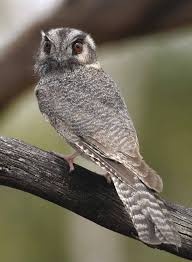
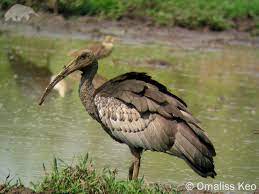
There are also 187 bird species that have been confirmed to have vanished from the wild since 1500.
Perhaps one of the rare positive stories in the report said that more than 20 bird species would have gone extinct in the last 30 years without the work of conservationists.]
Many of these bird species are essential for ecosystem health, so their continued decline will have a significant impact on virtually every ecosystem around the world – and may cause the collapse of some.









Join as an ambassador supporter to
support this site, help save wildlife
and make friends & log in

